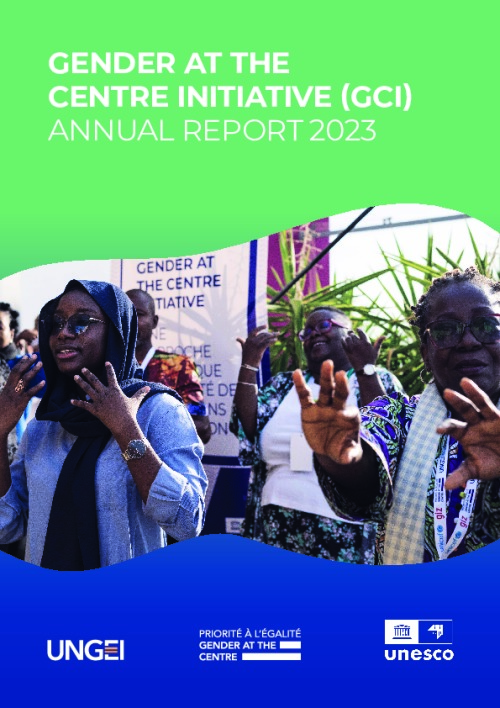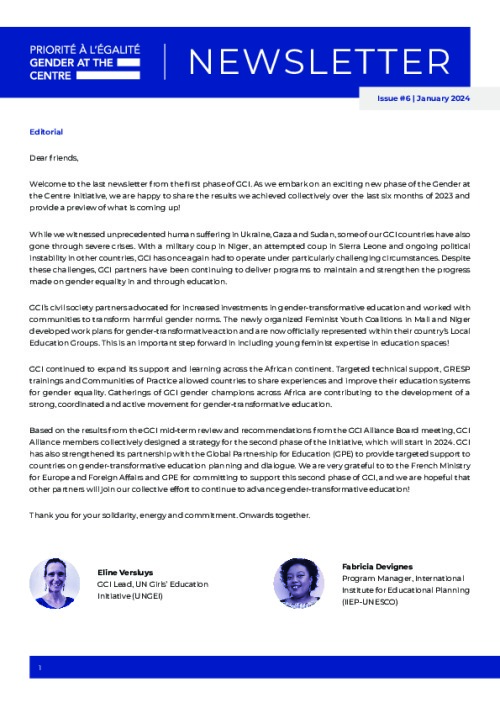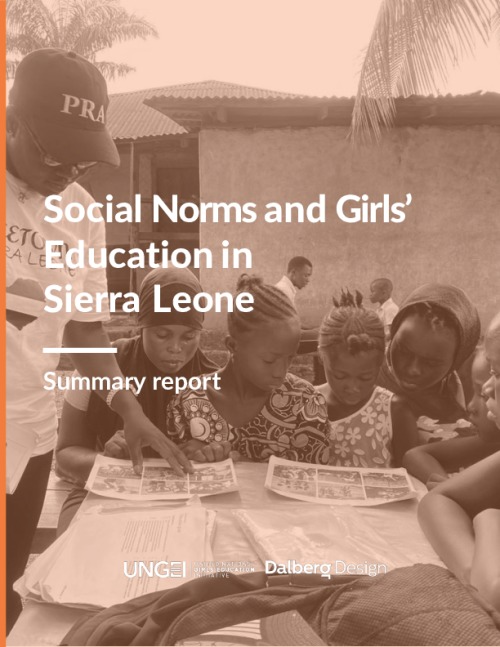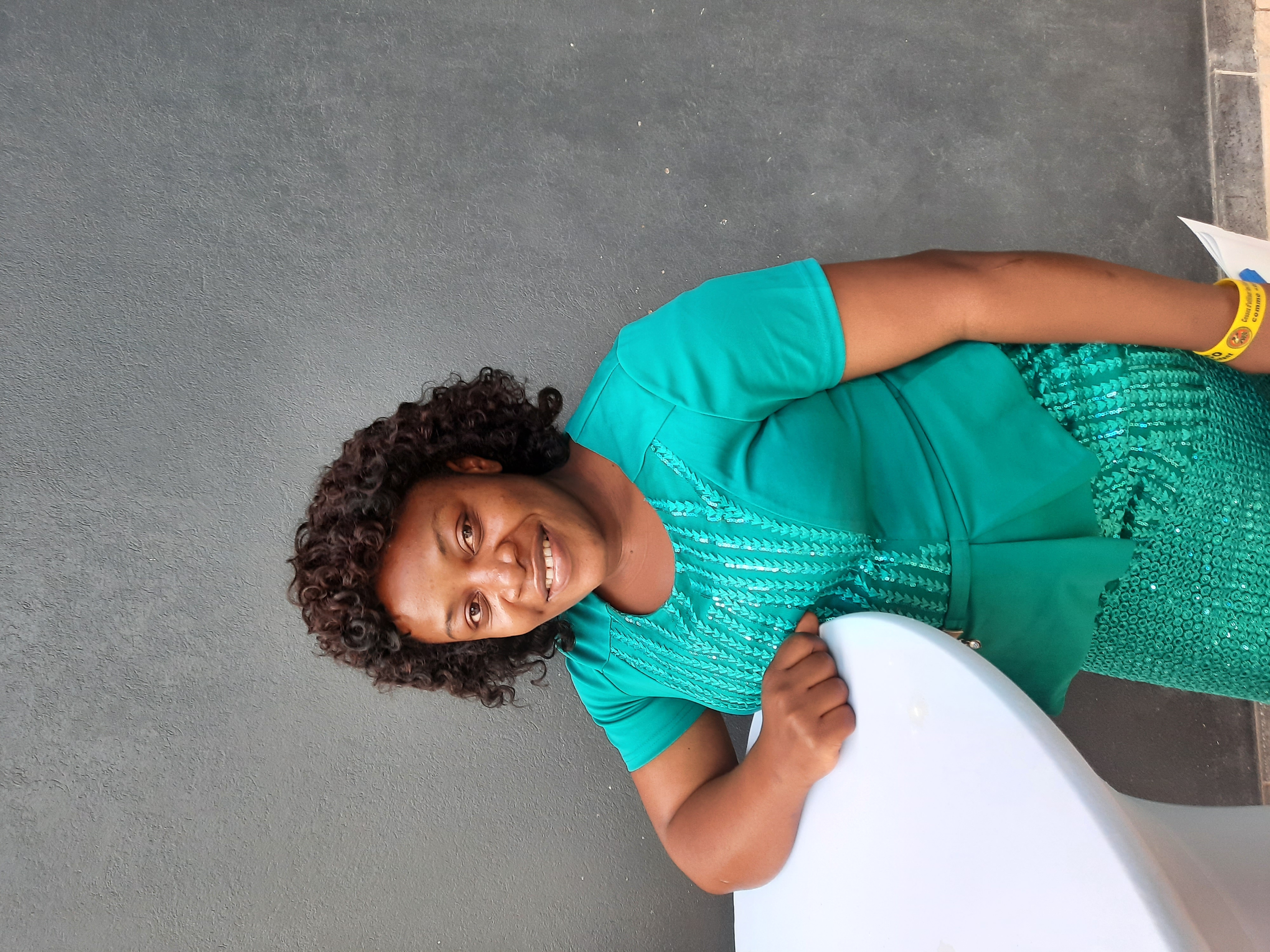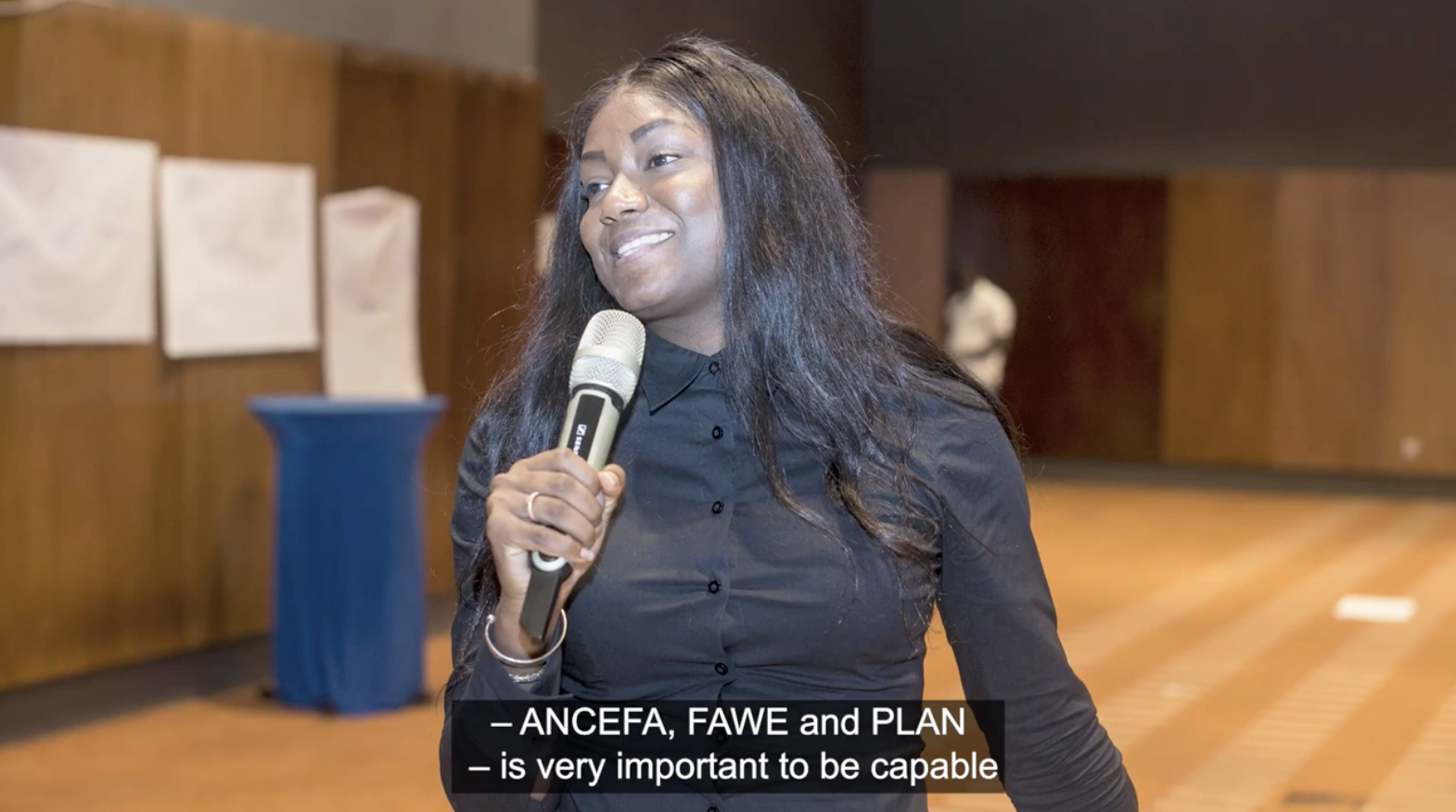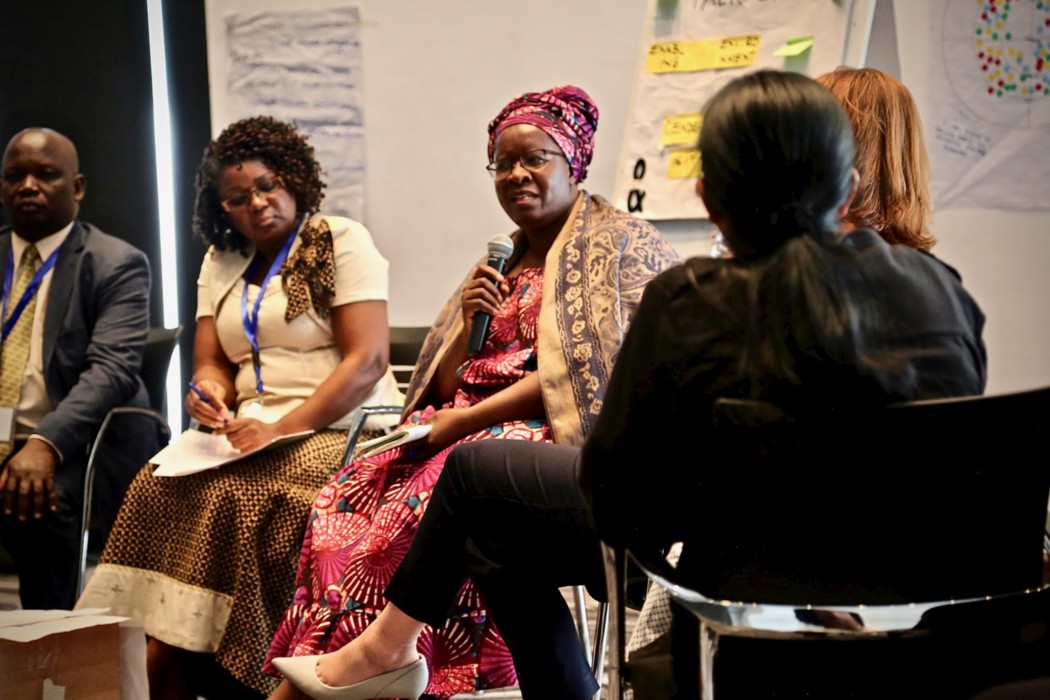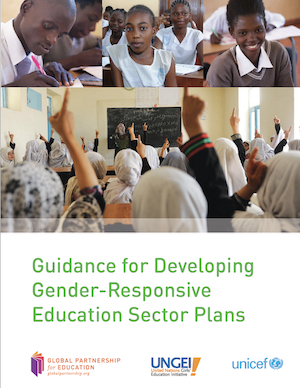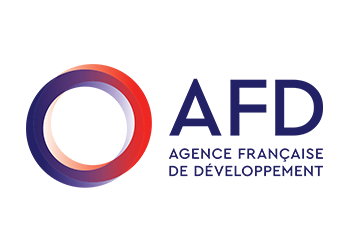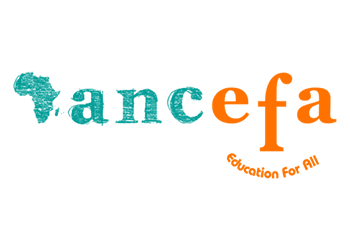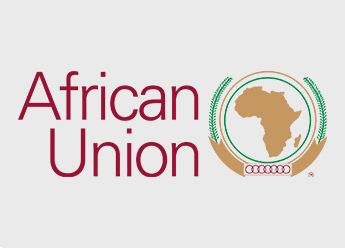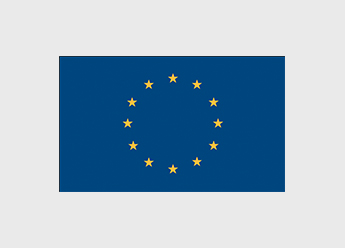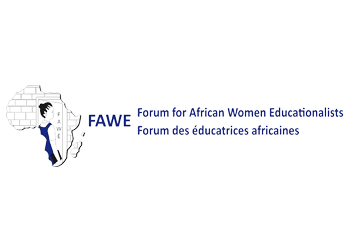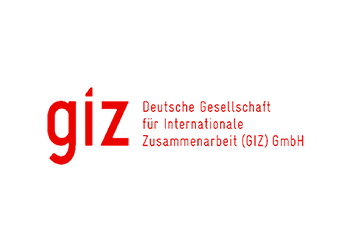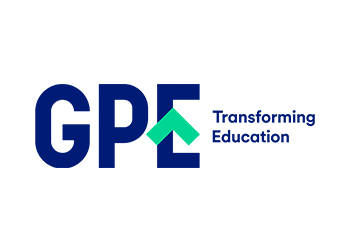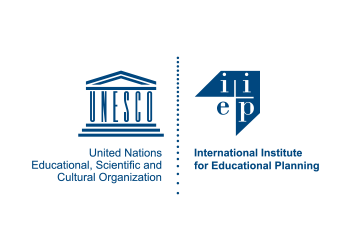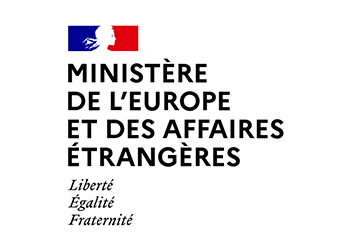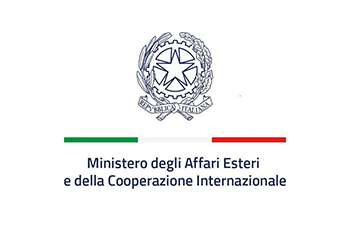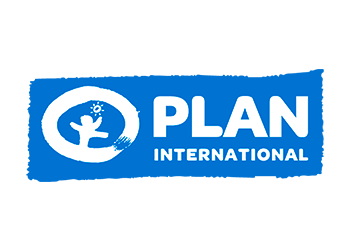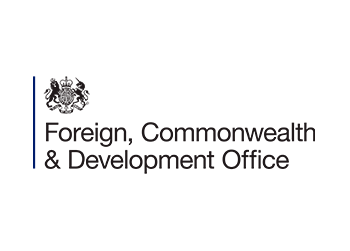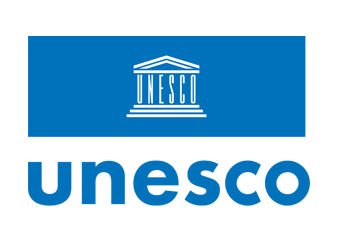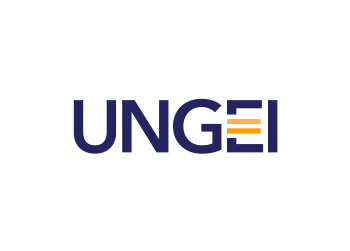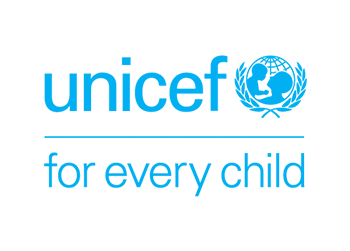Gender at the Centre Initiative
GCI at a Glance
A look at GCI's successes and how the GCI strengthening collaboration among gender champions.
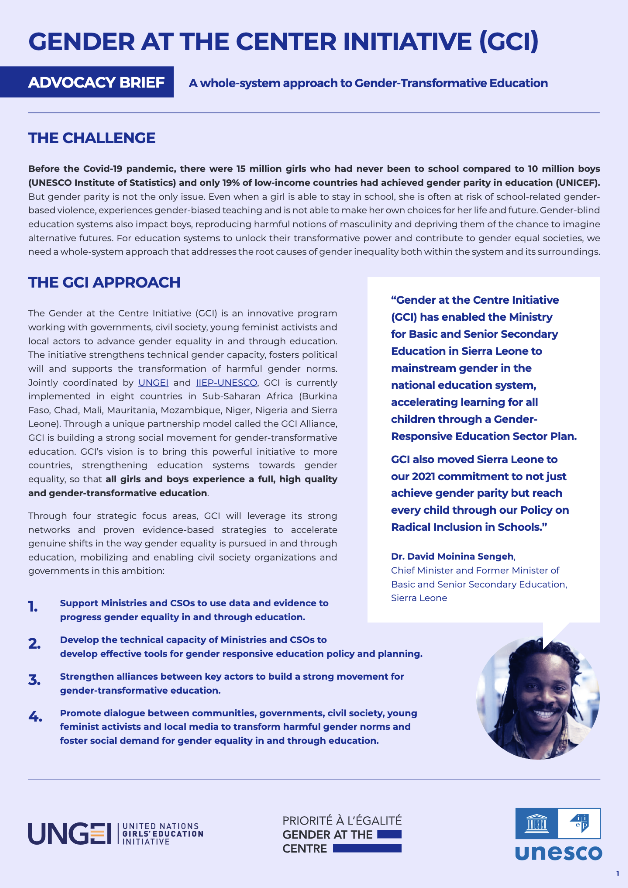
Gender at the Center Initiative Advocacy Brief
The Gender at the Centre Initiative (GCI) is an innovative program working with governments, civil society, young feminist activists and local actors to advance gender equality in and through education. The initiative strengthens technical gender capacity, fosters political will and supports the transformation of harmful gender norms. Jointly coordinated by UNGEI and IIEP-UNESCO, GCI is currently implemented in eight countries in Sub-Saharan Africa. Through a unique partnership model called the GCI Alliance, GCI is building a strong social movement for gender-transformative education.
"GCI has allowed civil society to bring in their unique gender expertise and strengthen collaborations with governments through their participation in Local Education Groups, and to increase social demand for gender equality in education at the community level."
Recent Updates
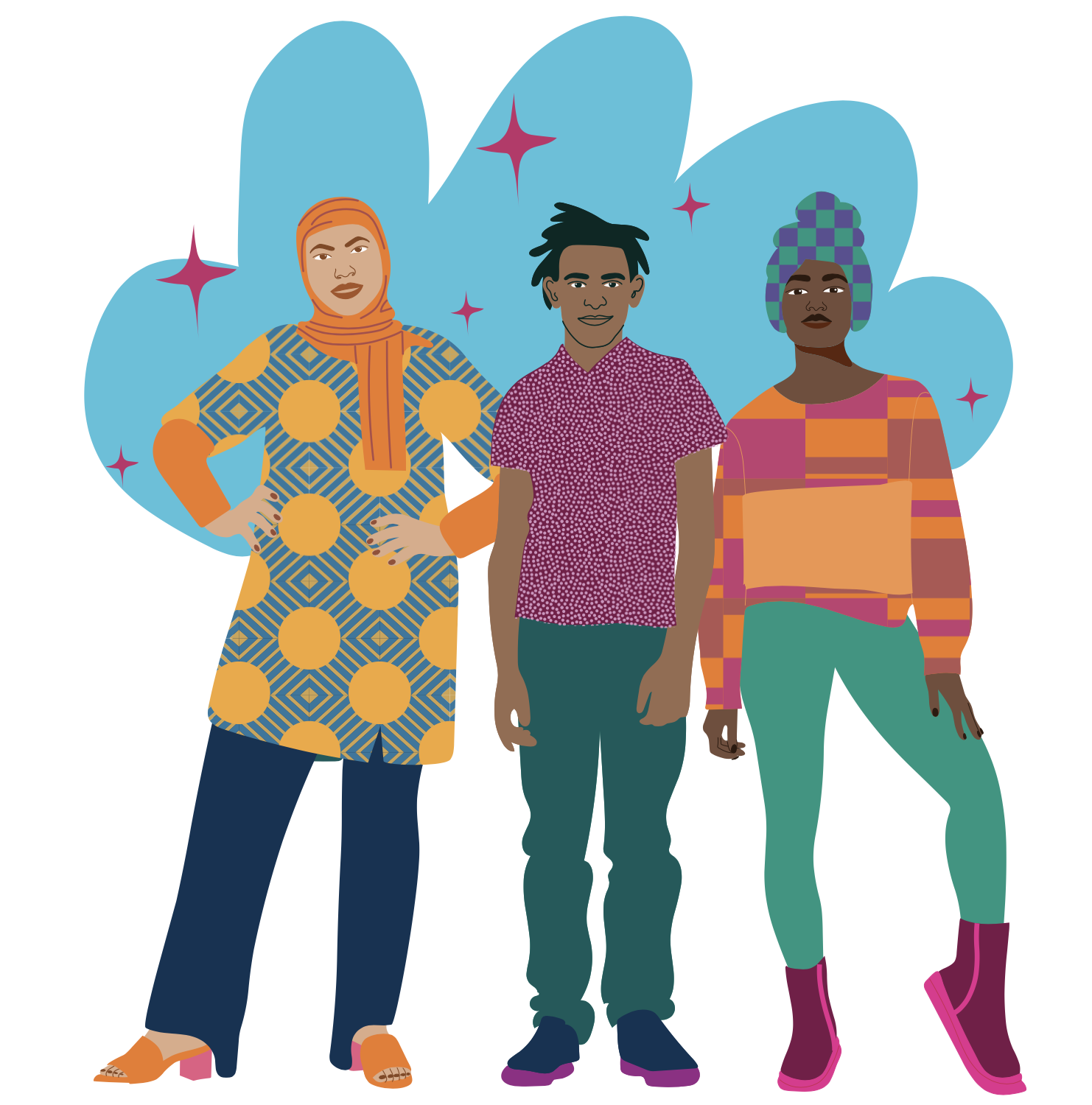
The Freetown Manifesto for Gender Transformative Leadership in Education
Welcome to the Freetown Manifesto for Gender-Transformative Leadership in Education! This Manifesto was developed in Freetown, Sierra Leone on 18-20 May, 2022.
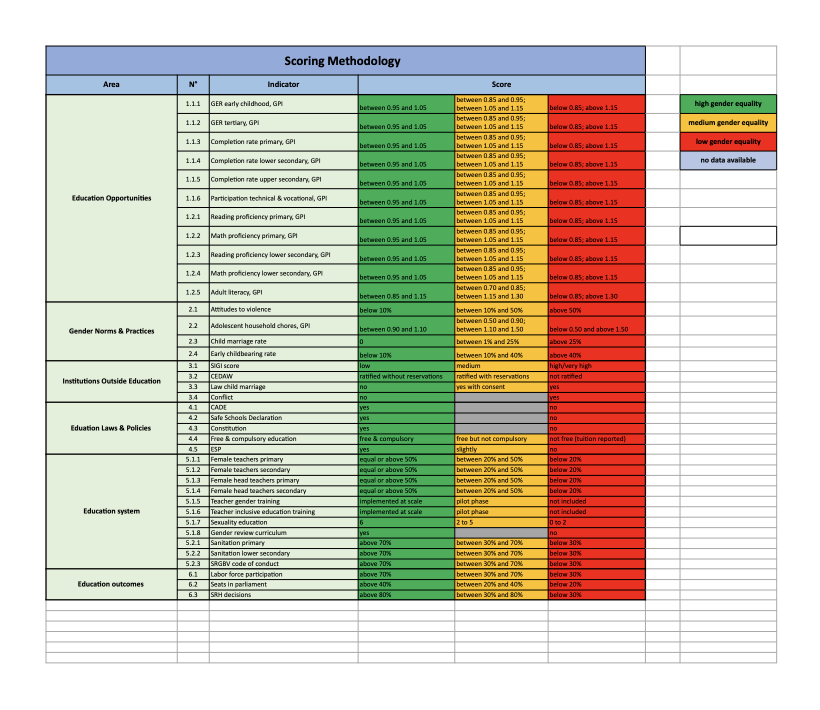
GES Toolkit
The Gender Equality in Education Snapshot (GES) Toolkit supports education planners and practitioners to conduct a rapid assessment of gender equality in and through education. It provides a quick snapshot of where the country stands with regard to gender equality within and beyond its education system. The tool allows to produce an easily accessible overview of relevant gender data and to catalyze a dialogue among education stakeholders at country level.
